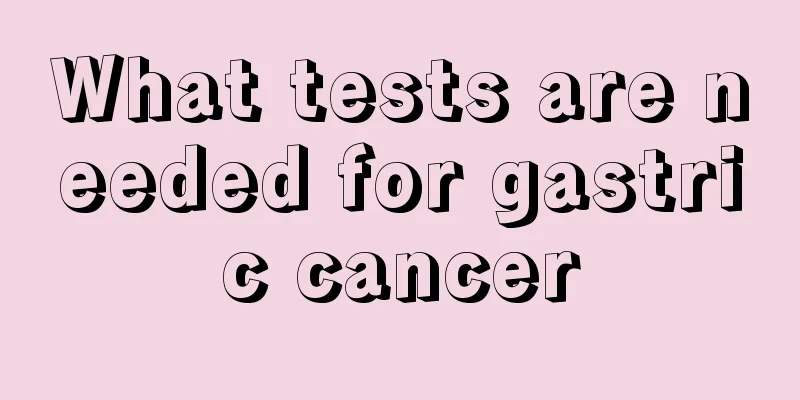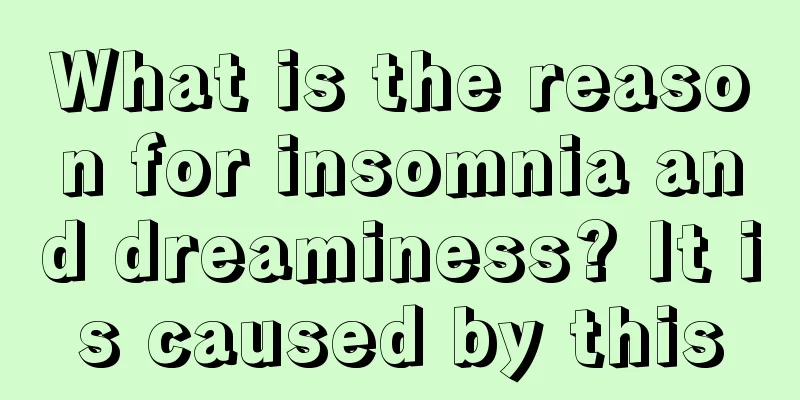How to treat severe rectal polyps?

|
Polyps are a benign tissue proliferation phenomenon. Compared with malignant hyperplasia, they are a more fortunate symptom because polyps can be treated. But this does not mean that people can sit back and relax when dealing with polyp hyperplasia. If the polyp problem is not handled properly, it will also cause great pain to the patient, and this pain is likely to accompany him for life. For example, rectal polyps are a common symptom. Rectal polyps can cause abdominal pain, constipation and other symptoms in patients, and are not easy to detect, so the timing of treatment is difficult to grasp. Let’s take a look at how to treat severe rectal polyps. People who have these problems can learn about it. Intestinal polyps refer to abnormal growths of tissue protruding from the surface of the intestinal mucosa, and are collectively referred to as polyps before their pathological nature is determined. Its incidence increases with age and is more common in men. Colon and rectal polyps are the most common, while small intestinal polyps are less common. There are two main types of polyps: inflammatory and adenomatous. Continuous blood in the stool or blood on the surface of the stool, mostly bright red; secondary inflammatory infection may be accompanied by large amounts of mucus or mucus and blood in the stool; there may be tenesmus; constipation or increased frequency of bowel movements. When the long-pedunculated polyps are large, they may cause intussusception; when the polyps are huge or multiple, intestinal obstruction may occur; when the polyps have a long peduncles and are located close to the anus, the polyps may prolapse out of the anus. 1. Use minimally invasive treatment (endoscopy): Polyps that meet the indications for endoscopic treatment can be removed endoscopically, and the resected specimens can be sent for pathological examination. 2. Use surgical treatment: The polyp has a tendency to become malignant or does not meet the indications for endoscopic treatment; or pathological findings after endoscopic resection show residual lesions or cancer. 3. Use medication: (1) Symptomatic treatment: If bleeding occurs, stop the bleeding and take appropriate measures according to the amount of bleeding. (2) Etiological treatment For inflammatory polyps caused by ulcerative colitis, see Treatment of ulcerative colitis. (3) Prevention and treatment of familial adenomatous polyposis (FAP) patients can take celecoxib to reduce the number of adenomatous colorectal polyps, twice a day, with food. |
<<: What should I do if pleurisy is serious?
>>: Why does stinging and redness occur when using skin care products?
Recommend
What are the possible causes of glioma
With the change of people's lifestyle, more a...
How to eat royal jelly to enlarge breasts? It turns out the method is so simple
Breast enhancement has always been a top priority...
What are the symptoms of pulmonary hypertension
Pulmonary hypertension can easily lead to right h...
Is colon cancer delayed? 5 causes to prevent in advance
In recent years, colon cancer has become more com...
What are the effects of taking Ganoderma lucidum powder
People who often watch costume TV shows will thin...
Tibetan medicine clears the lungs and relieves cough
People catch colds mainly because the body has be...
What is foreplay
In life, many men and women will do foreplay for ...
What are the dietary causes of lung cancer
Lung cancer is a common cancer. We should know th...
The gums behind the big teeth are cracked
The cracked gums behind the front teeth are a typ...
What are the methods to treat knee pain caused by bent legs?
Bent knees and knee pain are very common phenomen...
Factors that may easily induce colorectal cancer
Colorectal cancer is a type of cancer that is ver...
Three itchy spots in the early stages of cervical cancer
The early symptoms of cervical cancer are usually...
Why do I fart after eating garlic
Garlic is a common condiment and a food that many...
Cost of rectal cancer stents
How much does a stent cost for rectal cancer? Rec...
Is it good for children to drink milk before bed?
Nowadays, many families have only one child, and ...









